Doc Trinity
Cannabinoid THC Dominant
THC 20 - 28%
CBD 9 - 9.24%
Effect Tingly
Side Effect Dry eyes
Flavor Spicyherbal
All AboutDoc Trinity Strain
THC
CBD
Potency
Doc Trinity is a Sativa strain with a high THC content ranging from 20% to 28% and CBD levels between 9% and 9.24%, noted for its tingly effects.
This strain offers a spicy herbal flavor with additional notes of sweetness, pungency, skunk, wood, and earthiness.
Effects and Potency
Doc Trinity is known for producing effects that include euphoria, happiness, creativity, concentration, and giggles.
Medical and Recreational Uses
It is commonly used for stimulating appetite and treating conditions like depression, fatigue, arthritis, and stress.
Cultivation Details
The flowering period for Doc Trinity is between 54 to 64 days, suitable for both indoor and outdoor growing environments.
With its high THC and CBD content, Doc Trinity is popular among those seeking strong effects for both recreational and medicinal purposes.
Side Effects
Simply let us know how this strain tastes or write a detailed review.
Doc Trinity Strain Cannabinoids
| THC | Tetrahydrocannabinol, or THC, is a major cannabis chemical compound. It is a psychoactive element that stimulates dopamine release and induces euphoria or happiness. THC-rich strains may be helpful with such conditions as lack of appetite, chronic pains , etc. It is considered to be the primary active marijuana component. | 20 - 28% |
| CBD | Cannabidiol, or CBD, is a major compound in cannabis, which is non-psychoactive. It is also proved to counteract the side effects of the second major component THC. CBD is widely used for medicinal purposes in rubs, oils and so on. It is helpful in muscle pain cases, may treat arthritis and migraines. Even Greeks used it against pain, while Queen Victoria applied it to get rid of menstrual cramps. | 9 - 9.24% |
| CBC | Cannabichromene, or CBC, is a minor cannabinoid, meaning that its quantity in cannabis is quite little. Though it has the same origin as CBD and THC, it is different in functions. Without any psychoactive effects, it is an efficient cannabis compound in combating acne and depression. CBC produces analgesic, antibacterial and anti-inflammatory effects. | 0.17 - 0.23% |
| CBG | Cannabigerol, or CBG, is one of the minor cannabis compounds in adult plants. On the other hand, young ones contain a lot of this antibacterial and anti-inflammatory component. During the growth, CBG is converted into different cannabinoids, mostly THC and CBD. The compound itself increases appetite and decreases eye pressure. | 0.24 - 0.44% |
| CBN | Cannabinol, or CBN, is a trace element in cannabis that is considered to be mildly psychoactive. It appears from oxidation THC, exposed to light and heat. CBN is mostly contained in old cannabis and in traditional hashish. It is effective against insomnia, bacterial infections and appetite loss. | 0.01 - 0.12% |
| THCV | Tetrahydrocannabivarin, or THC-V, is a compound contained in cannabis in trace amounts. Even though it is close to THC molecularly, it is different in effects. This compound may be psychoactive only in large amounts. THC-V reduces blood sugar, controls appetite, stimulates bone growth, etc. African Sativa strains are the richest in THC-V. | 0.25 - 0.47% |
Doc Trinity Terpene Profile
| Carene | Carene (also known as Delta-3 carene) is a terpene found in rosemary, lemons, pines, and cedars, offering citrusy and cypress aroma. Studies on mice showed that carene provides anti-inflammatory effects, as well as promotes bone health and chronic pain relief. | 0.13% |
| Pinene | Pinene is one of the most widespread terpenes in nature, found in pine trees, basil, nutmeg, parsley, and rosemary. Cannabis containing terpene (alpha-pinene or α-pinene) boasts a strong pine scent. Pinene is responsible for anti-inflammatory, pain-relieving, and anti-anxiety effects. | 0.31% |
| Myrcene | Myrcene (also known as β-myrcene) is one of the most common terpenes found in cannabis, representing more than 20% of the modern marijuana terpene profile. Myrcene has a distinct earthy, musky flavor, resembling cloves. It is responsible for calming and soothing effects of weed. Myrcene is also found in hops, thyme, mango, lemongrass, guava melon. | 0.13% |
| Camphene | Camphene is terpene common for carrots, pepper, dill, fennel, nutmeg, thyme, as well as other fruits and vegetables. Camphene has a damp, pungent, herbal, minty aroma with pine undertones. In cannabis, mostly found in Indica strains. Camphene causes cooling sensations, having anti-inflammatory, antibiotic, antioxidant, analgesic, and antifungal effects. | 0.13% |
| Limonene | Limonene (also known as d-limonene) is the second most common terpene in nature and the third most common terpene in cannabis. It has a powerful citrus aroma and can be found in all citruses, including lemons, oranges, grapefruits, limes, juniper, etc. Limonene is known to elevate moods and provide anxiety, depression, and stress relief. | 0.06% |
| Phellandrene | Phellandrene (also known as alpha- and beta-phellandrene) is one of the rare terpenes found in cannabis with antihyperalgesic and antidepressive properties. Phellandrene contributes to a minty, woody, and mildly citrus aroma in cannabis. Previously confused with limonene and pinene, phellandrene was eventually distinguished as a separate terpene common for eucalyptus. Also, it could be found in mint, dill, black pepper, cinnamon, parsley, pine, and lavender. | 0.02% |
| Caryophyllene | Caryophyllene (also known as beta or b caryophyllene) is a terpene found in many herbs and spices, such as black pepper, basil, rosemary, and oregano. Cannabis high in caryophyllene delivers a strong spicy, peppery aroma, resembling cinnamon and cloves. Caryophyllene offers potent anti-inflammatory and sedative effects. | 0.21% |
| Total terpenes content | 0.99% |
Growing Info
Similar Strains
THC 18 - 19%
CBD 0.61 - 0.77%
Effect Relaxed
Flavor Spicyherbal
THC 8 - 8%
CBD 0.99 - 1.11%
Effect Happy
Flavor Mint
THC 20 - 22.75%
CBD 0.64 - 0.84%
Effect Giggly
Flavor Sweet
THC 14.76 - 19.11%
CBD 0.51 - 0.92%
Effect Giggly
Flavor Citrus
THC 22 - 22%
CBD 0.89 - 1.03%
Effect Happy
Flavor Lime

THC 23.5 - 26%
CBD 0.48 - 0.77%
Effect Relaxed
Flavor Earthy
THC 20.67 - 23.5%
CBD 0.52 - 0.88%
Effect Giggly
Flavor Spicyherbal
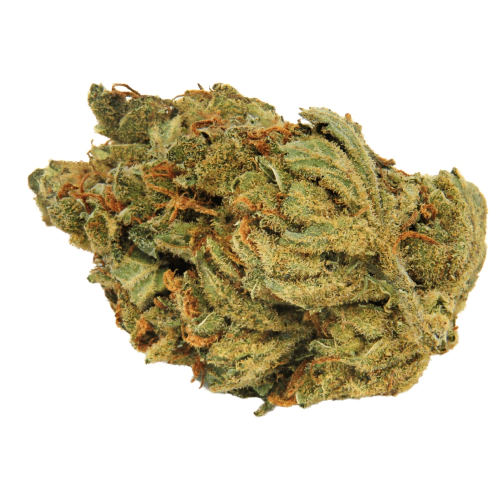
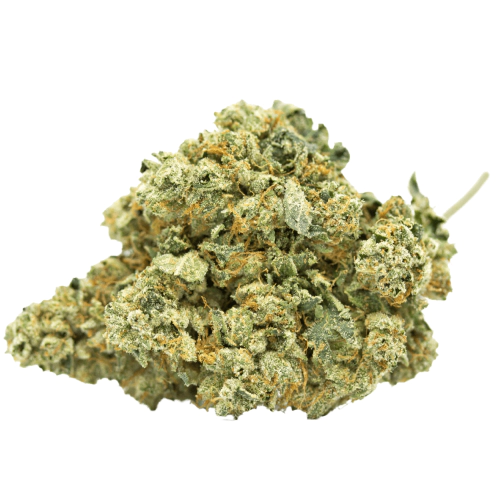
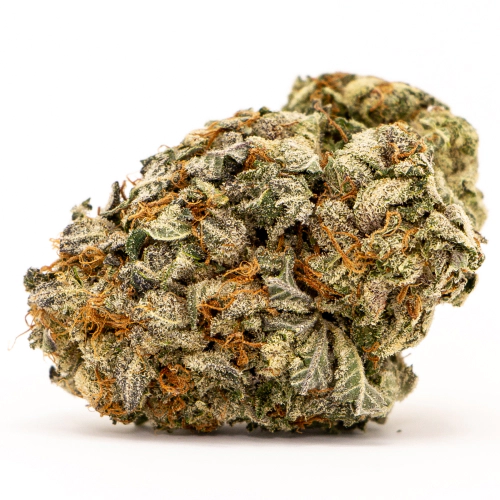

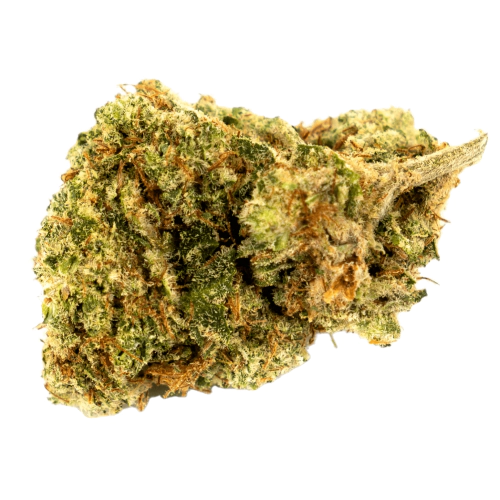
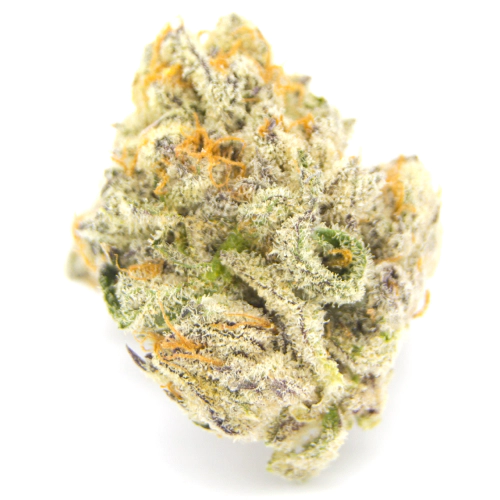

Be the first and share your opinion
Write a Review